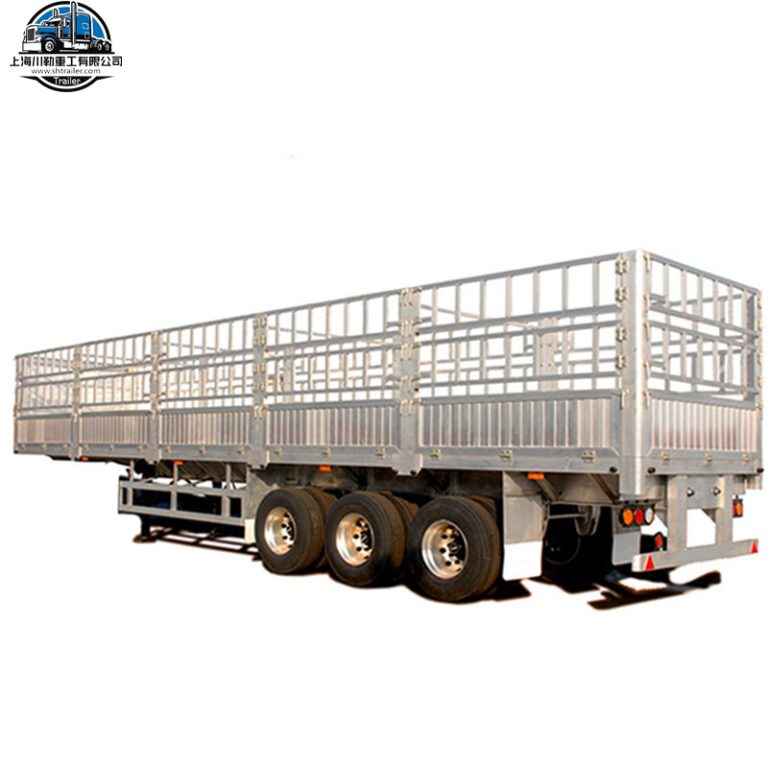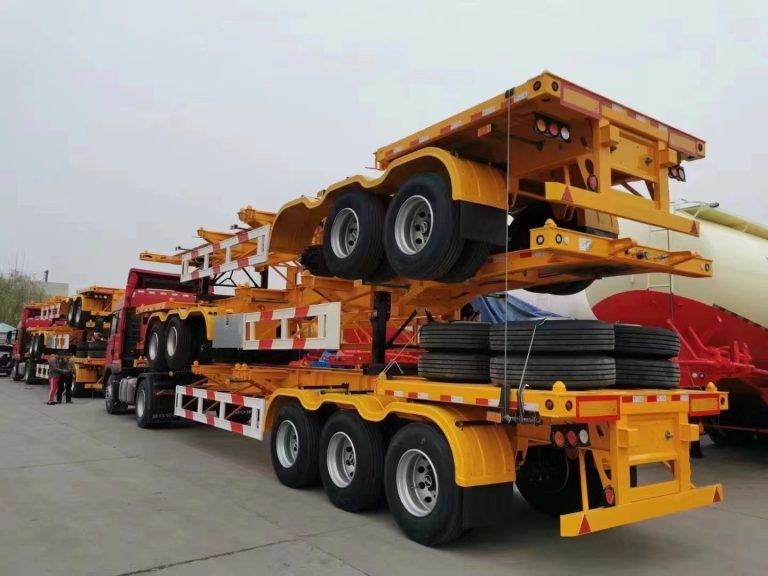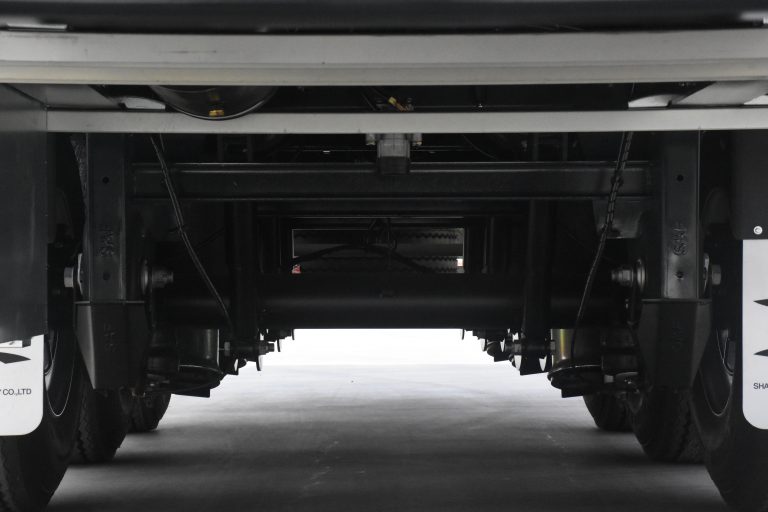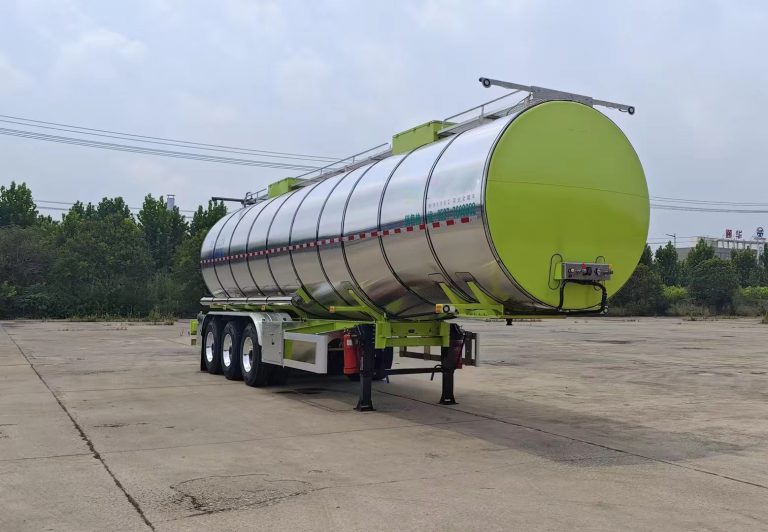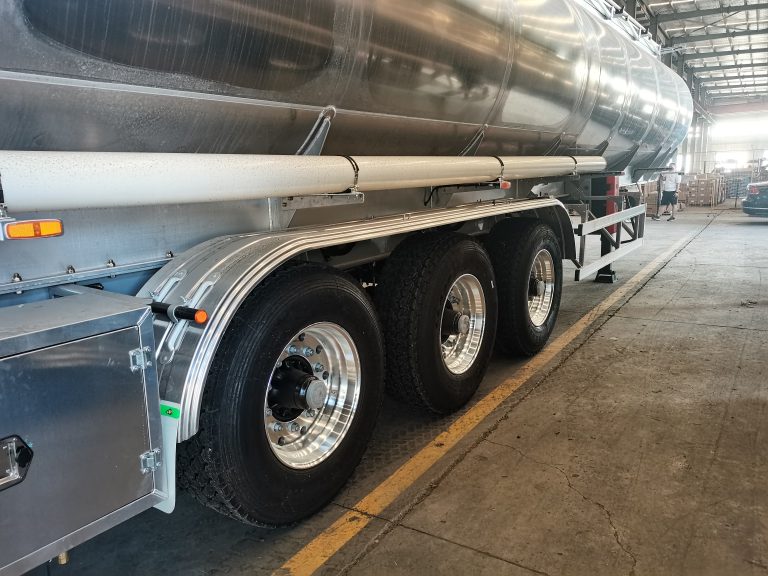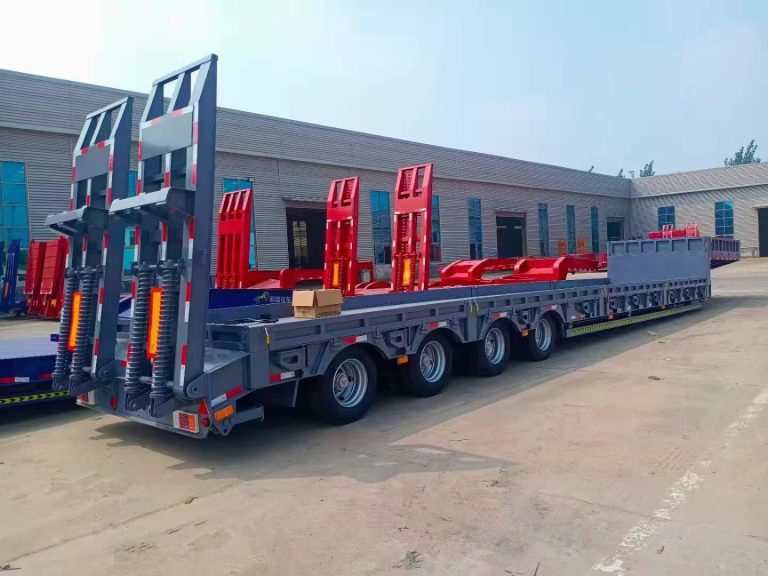When reversing, the driver should pay attention to the following points:
First of all, you must be familiar with the size and weight of the semi-trailer you are driving, and understand its inertia and operational flexibility when reversing. Before reversing, you should first stop the vehicle, apply the handbrake, shift into reverse gear, then slowly release the clutch and apply the brake lightly at the same time to make the vehicle reverse slowly.
Secondly, carefully observe the surrounding environment to ensure there are no obstacles or pedestrians. When reversing, pay attention to vehicles and pedestrians on the left and right sides to avoid collision with them. If conditions permit, you should try to pour in from the left side to avoid colliding with vehicles parked on the right side.
During the reversing process, maintain a stable vehicle speed, mainly idling. If it is found that the vehicle body deviates from the expected trajectory, the vehicle body should be corrected in time to keep the vehicle in the correct direction. At the same time, keep a safe distance between vehicles and do not get too close to other vehicles or obstacles.
Finally, master the coordinated use of clutch and brake. When reversing, the clutch release and braking strength must be controlled to prevent the vehicle from stalling or slipping. At the same time, pay attention to the control of the steering wheel to keep the vehicle in a stable reversing posture.
In short, reversing a semi-trailer requires the driver to master the correct operating methods and skills, be familiar with the vehicle’s inertia and operating flexibility, and at the same time remain calm and focused to avoid accidents.


